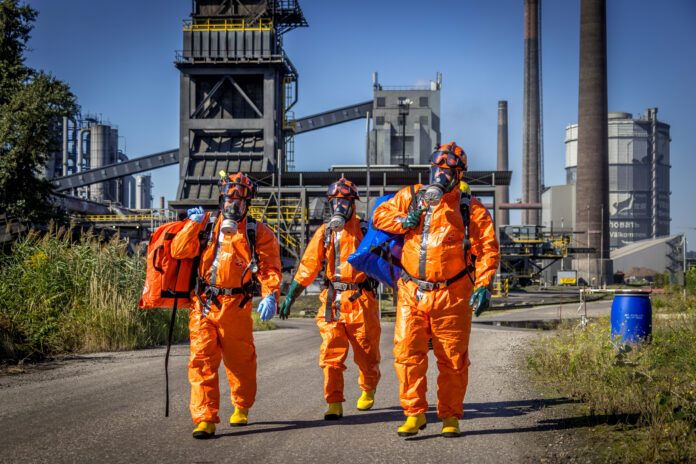While the precise long-term consequences of the Fukushima Daiichi nuclear powerplant disaster of 2011 continue to be analyzed and debated to this day, it was undoubtedly a devastating lesson in the potential consequences of natural hazards triggering technological disasters, also known as Natech events.
It was with the legacy of this disaster in mind that, on September 14-16, 2023, FORMATEX23 took place in the Austrian city of Linz. The first ever EU-funded exercise simulating a full-scale operational response to Natech events in Austria, FORMATEX23 united over 300 participants from 26 countries, and was realized by a consortium of 10 members from eight countries.
It was conducted under the auspices of the European Union Civil Protection Mechanism (EUCPM), established in October 2001 with the aim to “to strengthen cooperation between the EU countries and nine participating states on civil protection to improve prevention, preparedness and response to disasters”. Since its inception, the EUCPM has responded to over 650 requests for assistance inside and outside the EU. In 2022 alone, the EUCPM was activated 106 times in response to the war in Ukraine, wildfires in Europe, COVID-19, and floods in Pakistan.
With Linz being home to one of Europe’s largest chemical production facilities hosting several global chemical companies, being a major Danube port, being vulnerable to flooding, and lying upstream from some of central and eastern Europe’s biggest cities, it was an ideal location for FORMATEX23.
The Scenario and Teams
The ever-evolving exercise scenario to which participants had to respond over the next 48 hours had been triggered by 96 hours of strong rainfall with flood levels considerably exceeding levels recorded in 1954, 2002 and 2013 in some areas. Water levels in Linz had reached 9.5m and flood protection measures had been in place at Linz Harbour, the Chemical Park, and a factory, for 24 hours.
Austrian emergency services had reached maximum capacity and could no longer manage the situation alone. Early in the morning on Wednesday, September 13, the regional government of Upper Austria asked the Ministry of the Interior in Vienna to request the activation of the EUCPM to obtain additional international support in affected areas. Brussels then duly activated the CPM, and shortly after teams from the Baltic States, France, Germany, the Netherlands, Romania, and the European Union arrived at Linz Airport.






